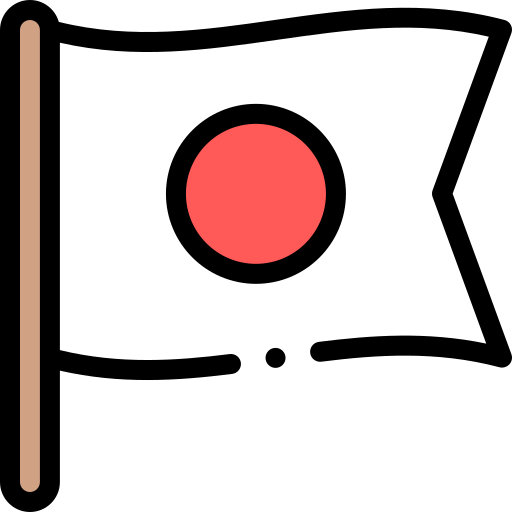How to Shake Hands with the Japanese
Shaking hands is common in Japanese culture.
However, it is not a habit that’s native to them - meaning there are some cultural differences.
Many foreigners, mainly Westerners, commonly note that “they don’t shake hands like we do.”
Yes, because they’re Japanese!
Although the handshake is used on a daily basis, it’s done differently.
Let's learn more.
Remember, this is just a general overview of Japanese culture - not hard and fast rules that define every Japanese person you'll meet when doing business.
At the END of the PAGE you'll find a FREE SAMPLE of our eLearning course on JAPANESE BUSINESS CULTURE.
The Bow vs. Handshake
Although the Western-style shaking of hands has been widely accepted in Japan it has not replaced the traditional bow or reduced its overall importance in Japanese society.
Many Japanese use a combination of bowing and shaking hands.
However, there are situations when the bow is a must – for example at a formal event such as a signing ceremony or when hosting important people.
Pretty much all Japanese people, including women, now automatically shake hands when meeting with foreigners.

Did you know that Japan is ranked as one of the more difficult business cultures?
The Business Culture Complexity Index™ ranks it 24th out of the top 50 world economies.
Shaking Hands the Japanese Way
Probably the most common cultural faux pas committed by foreigners in Japan is to grab someone’s hand and give it a good old firm shake.
This isn’t nice for the Japanese.
Where you come from it may be a sign of friendliness and a positive attitude but in Japan, it’s aggressive.
When the Japanese shake hands they do it with a certain softness. This can be interpreted by foreigners as ‘weak’ and demonstrative of something being held back, or that things aren’t quite right.
Naturally, this isn’t the case. The foreigner is looking through their cultural lens and misunderstanding the signals.
When shaking hands with the Japanese, the best approach is to test initial reactions. So, if you feel a firm grip, give it back, otherwise ease off on the pressure.
Another thing to be conscious of is to not rush to shake hands; give it a few more seconds than you normally would to allow people to establish context and comfort.
For example, some Japanese may first want to hand you their business card and then shake hands.
Of course, if someone offers his or her hand immediately, it is perfectly all right to take it.
How can you learn more about Japanese Business Culture?
If you’re serious about learning more, then take our eLearning course on Japanese business culture and practices.
Watch a preview below and remember the free sample at the end!
Buy an eLearning Course about Japanese culture
“Very authentic and interesting.”
Toyota Kreditbank
For only $40 you can access our online course which covers everything from the Japanese communication style to doing business with the Japanese to taboos and etiquette.
Click here to sign-up or see the full course contents.
Need a team or organizational license? No problem, simply contact us.
Blog image by GovernmentZA.
By accepting you will be accessing a service provided by a third-party external to https://www.commisceo-global.com/

 +44 0330 027 0207 or +1 (818) 532-6908
+44 0330 027 0207 or +1 (818) 532-6908

